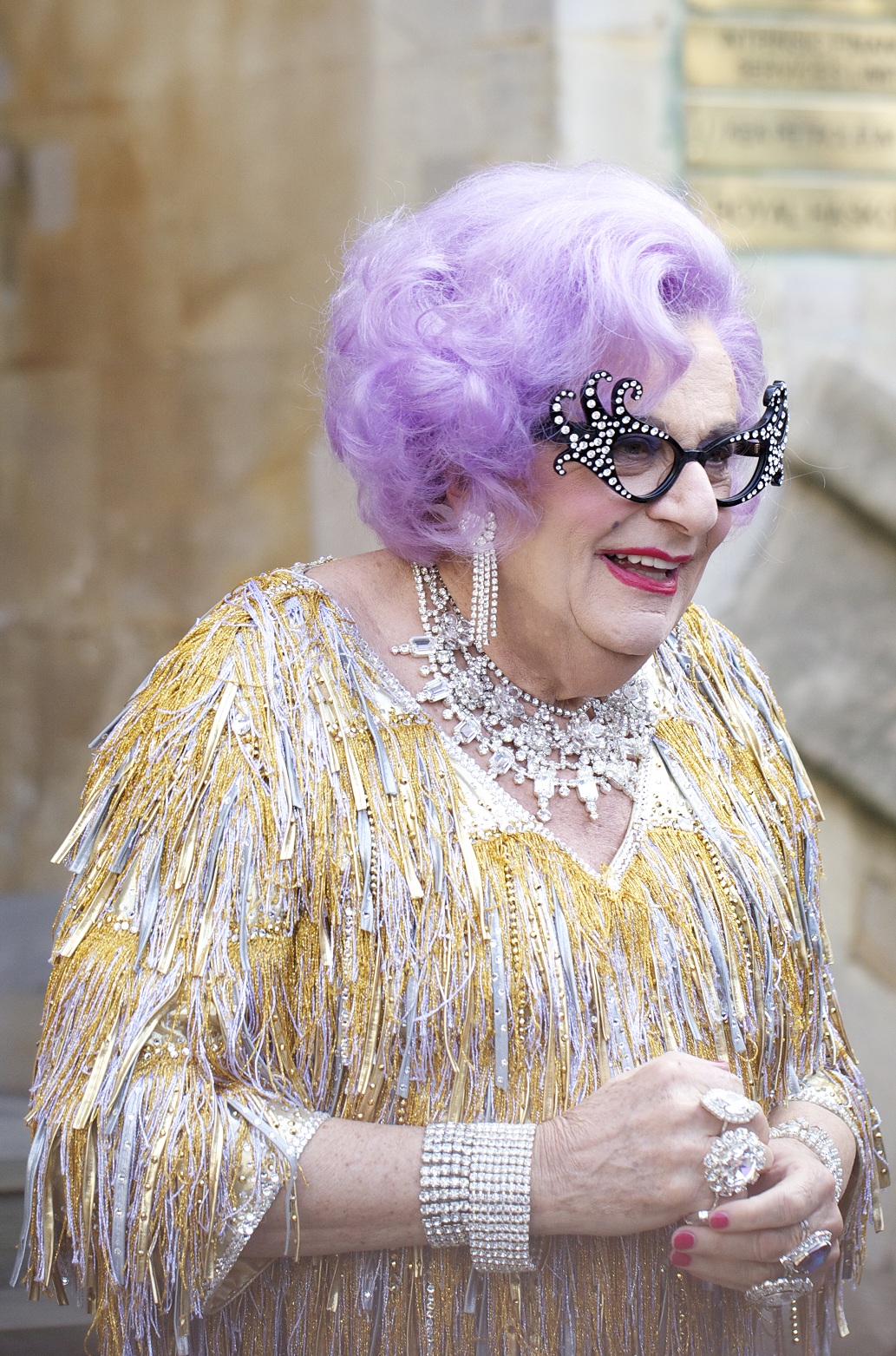|
Country And Western Hour
''The Country and Western Hour'' on Channel Nine Adelaide was an Australian television show featuring Country music. The format was shown as a barn setting with hay bales, fences, implements, riding gear etc. Colin Huddleston called square dancing each night with at least two squares of dancers. Ernie Sigley, Roger Cardwell and Reg Lindsay Reginald John Lindsay OAM (7 July 1929 – 5 August 2008) was an Australian country music singer, songwriter, multi-instrumentalist, producer and radio and television personality. He won three Golden Guitar Awards and wrote more than 500 ... took on the hosting at various times. References * External links * {{DEFAULTSORT:Country And Western Hour Mass media in New South Wales Culture of Adelaide Australian music television series ... [...More Info...] [...Related Items...] OR: [Wikipedia] [Google] [Baidu] |
Channel Nine Adelaide
NWS is an Australian Australian television broadcasting, television station based in Adelaide, Australia. It is owned-and-operated station, owned-and-operated by the Nine Network. The station callsign, ''NWS'', is an initialism of The NeWs South Australia. History Origins NWS-9 was the first television broadcaster in Adelaide, beginning on 5 September 1959 from their Tynte Street studios. It was owned by Rupert Murdoch's News Limited (a subsidiary of his holding company News Corporation (1980–2013), News Corporation) through ''Southern Television Corporation Ltd'' who also owned city newspaper ''The News (Adelaide), The News''. Popular programs produced in its early days included the live variety shows ''Adelaide Tonight'' and ''Hey Hey It's Saturday'' (on-location specials), science show ''The Curiosity Show'', ''The Country and Western Hour'', and children's shows ''Channel Niners'', ''Here's Humphrey'' and ''Pick Your Face''. NWS also broadcast SANFL Matches from 1989 to ... [...More Info...] [...Related Items...] OR: [Wikipedia] [Google] [Baidu] |
Australian Television
Television in Australia began experimentally as early as 1929 in Melbourne with radio stations 3DB and 3UZ, and 2UE in Sydney, using the ''Radiovision'' system by Gilbert Miles and Donald McDonald, and later from other locations, such as Brisbane in 1934.Carty, Bruce, ''On the Air: Australian Radio History'', privately published, 2011, Gosford, NSW Mainstream television was launched on 16 September 1956 in Willoughby, New South Wales, with Nine Network station TCN-9 Sydney. The new medium was introduced by advertising executive Bruce Gyngell with the words "Good evening, and welcome to television", and has since seen the transition to colour and digital television. Local programs, over the years, have included a broad range of comedy, sport, and in particular drama series, in addition to news and current affairs. The industry is regulated by the Australian Communications and Media Authority, through various legislation, regulations, standards and codes of practice, which ... [...More Info...] [...Related Items...] OR: [Wikipedia] [Google] [Baidu] |
Country Music
Country (also called country and western) is a genre of popular music that originated in the Southern and Southwestern United States in the early 1920s. It primarily derives from blues, church music such as Southern gospel and spirituals, old-time, and American folk music forms including Appalachian, Cajun, Creole, and the cowboy Western music styles of Hawaiian, New Mexico, Red Dirt, Tejano, and Texas country. Country music often consists of ballads and honky-tonk dance tunes with generally simple form, folk lyrics, and harmonies often accompanied by string instruments such as electric and acoustic guitars, steel guitars (such as pedal steels and dobros), banjos, and fiddles as well as harmonicas. Blues modes have been used extensively throughout its recorded history. The term ''country music'' gained popularity in the 1940s in preference to '' hillbilly music'', with "country music" being used today to describe many styles and subgenres. It came to encomp ... [...More Info...] [...Related Items...] OR: [Wikipedia] [Google] [Baidu] |

